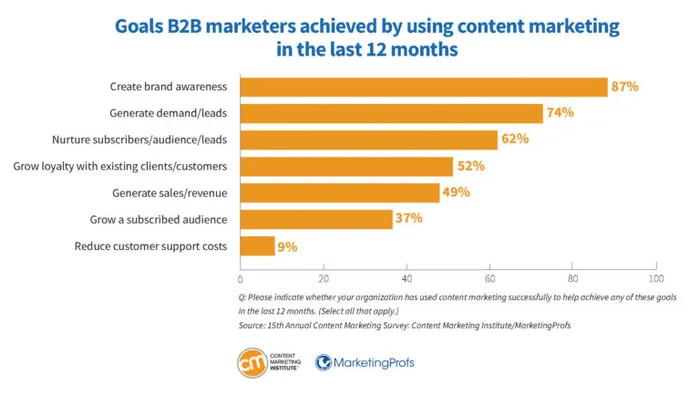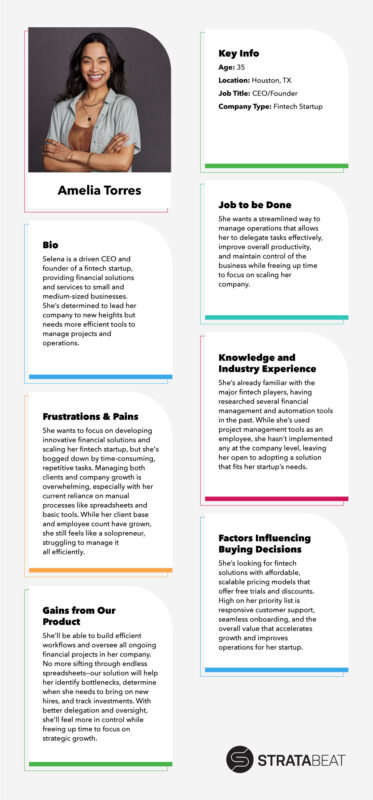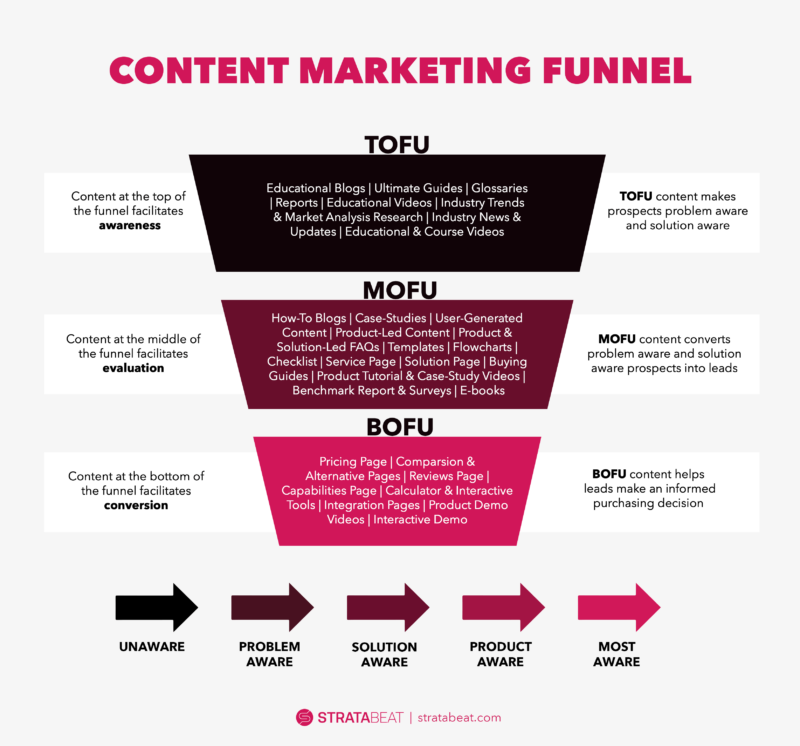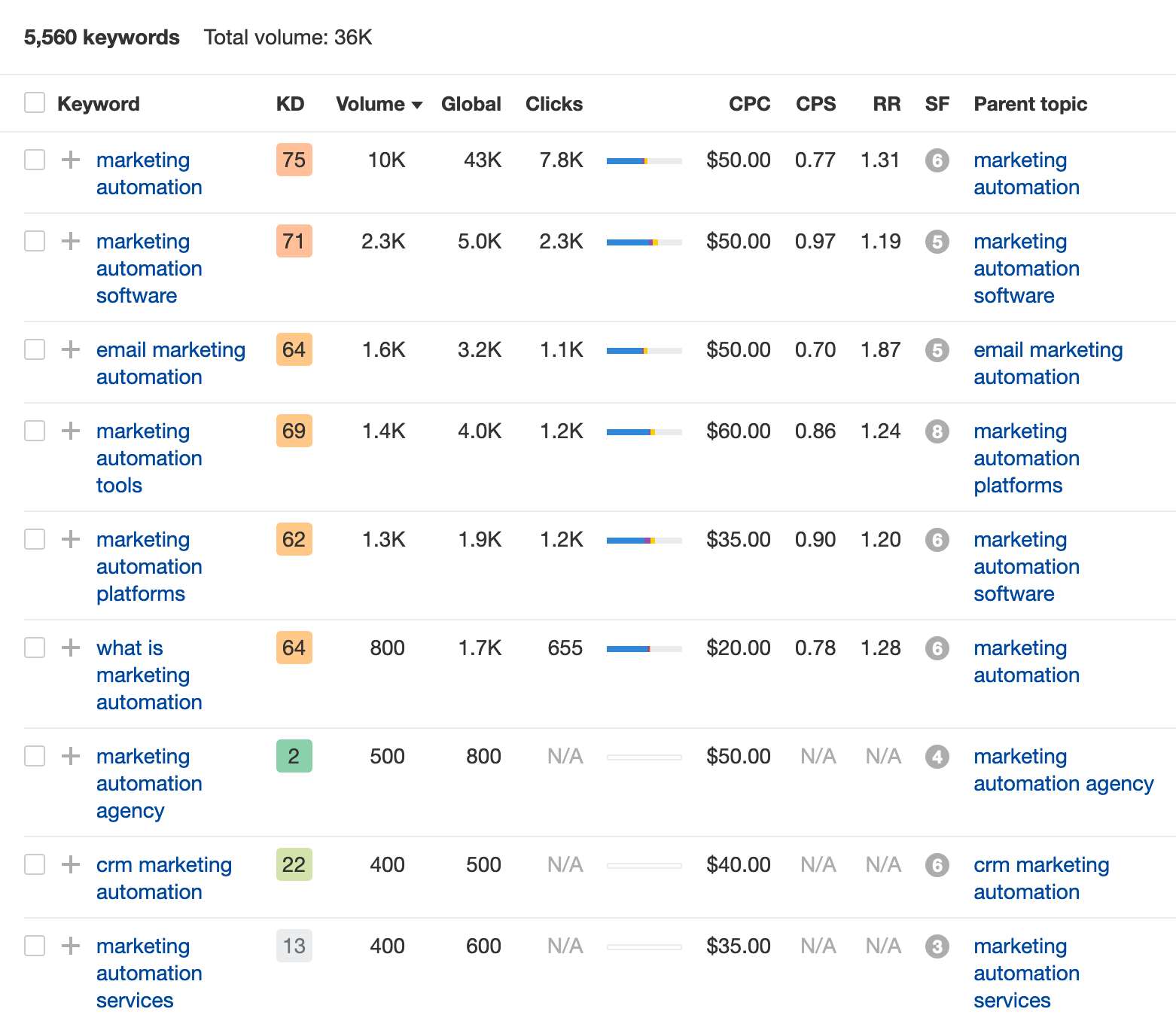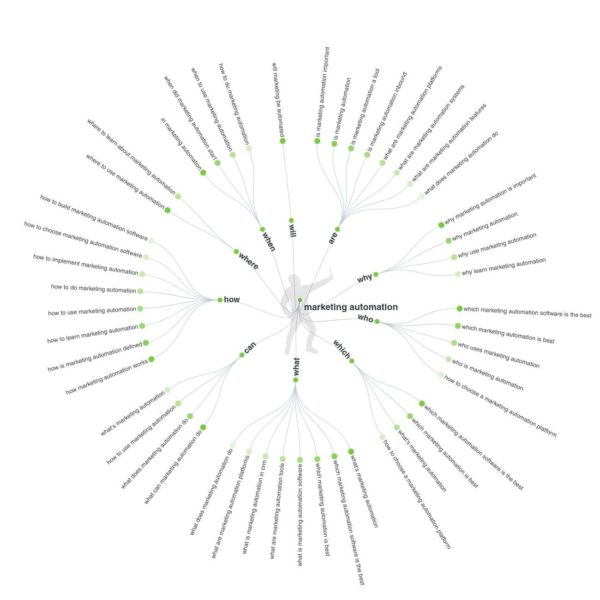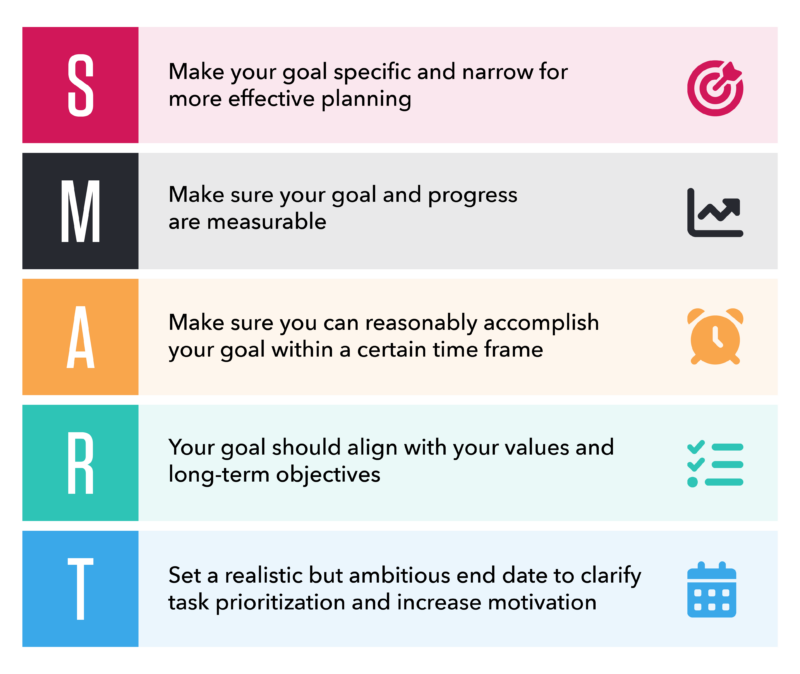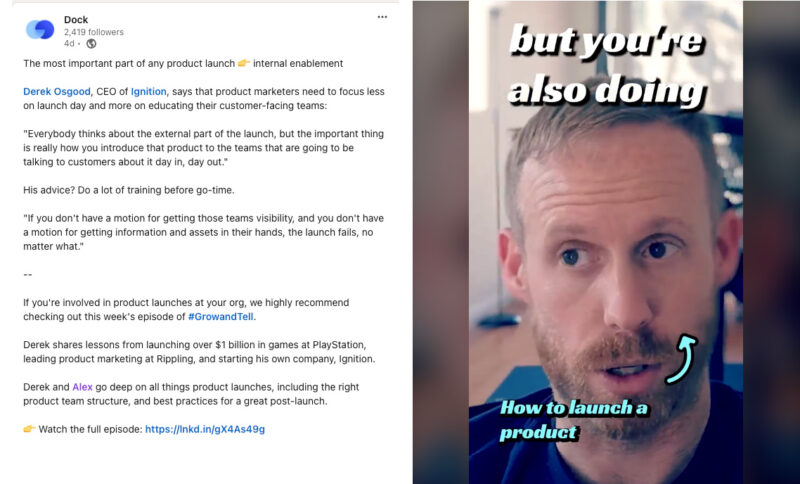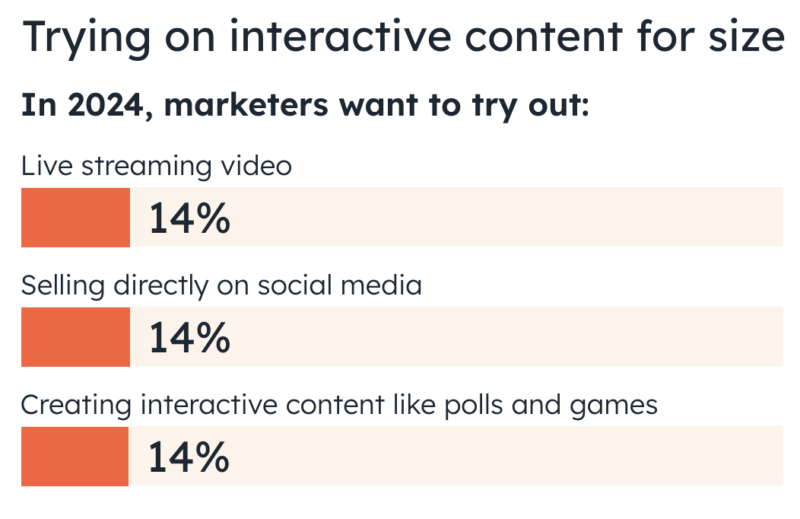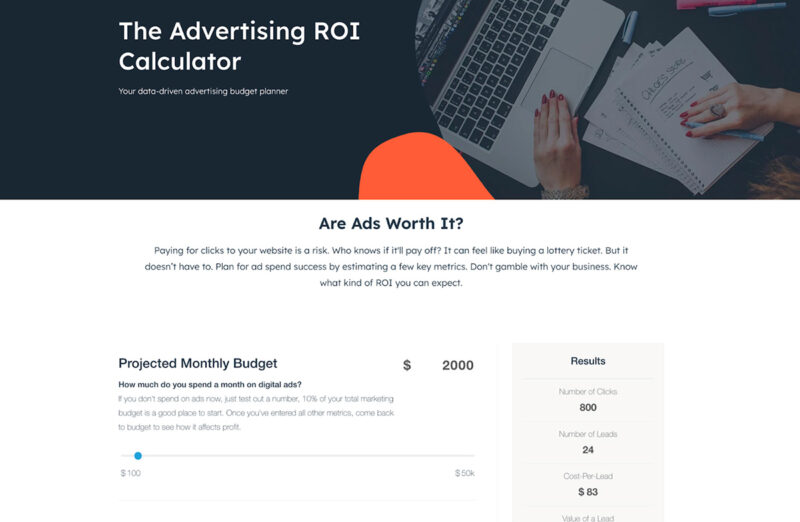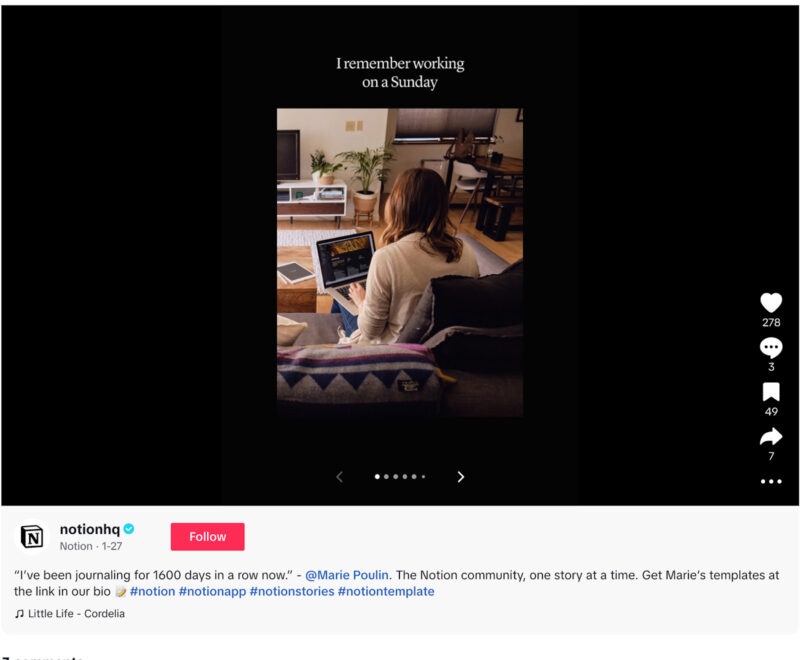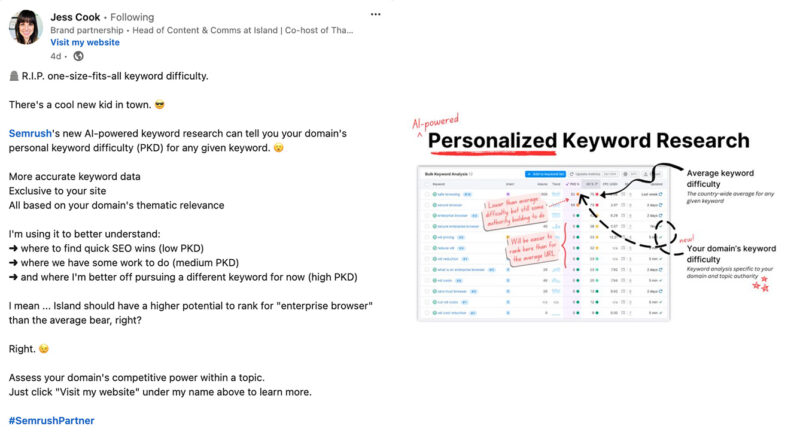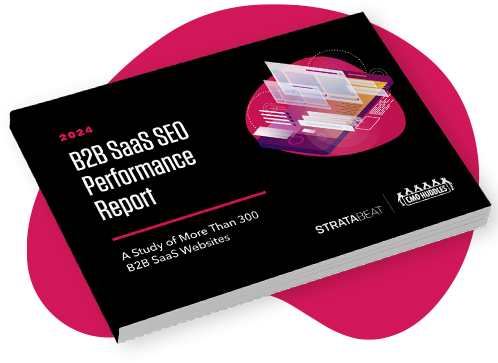Mastering B2B SaaS Content Marketing: Build Authority, Drive Leads & Maximize ROI

Key Takeaways
- Content marketing drives authority and growth: It positions your SaaS brand as a trusted industry leader, fueling brand awareness, lead generation, and long-term customer loyalty.
- Unique buyer journey for SaaS: Unlike traditional products, SaaS requires educating decision-makers through a longer, research-intensive buying process due to its evolving nature.
- Strategic foundation is key: Establishing clear positioning, building detailed buyer personas, and mapping the customer journey ensure your content resonates and guides prospects effectively.
- Answer real audience questions: In-depth research, SEO keyword analysis, and content gap assessments help you address your audience’s specific pain points and information needs.
- Diversify content formats: A mix of short articles, videos, case studies, and interactive demos engages varied audience segments and caters to different learning styles.
- Embrace advanced techniques: Leveraging AI, content repurposing, and atomization maximizes your content’s value and production efficiency while enhancing personalization.
- Cross-channel promotion amplifies reach: Distributing content via social media, email, PPC, influencer partnerships, and employee advocacy ensures your message is seen across multiple platforms.
- Measure, scale, and adapt: Using KPIs, content attribution, and continuous strategy refinement is essential to optimize ROI and stay ahead of emerging trends.
What’s the best way to catch the attention of decision-makers? Especially when they’re skimming through multiple blogs, watching countless webinars, and coming across unlimited companies on LinkedIn.
Here’s the answer: By establishing your SaaS brand as a trusted authority in your industry through B2B SaaS content marketing.
Content marketing is the engine that drives brand awareness and authority, lead generation and conversion, and even customer loyalty. All of these together fuel your growth by nurturing leads through the sales funnel and maximizing customer lifetime value.
In this ultimate guide, we’ll dive into the strategies, tactics, and tools that elevate your B2B SaaS content marketing from mediocre to exceptional.
Understanding B2B SaaS Content Marketing
It’s just as important to create content for prospective clients as it is for existing ones.
Why Content Marketing is Crucial for B2B SaaS
Content marketing bridges the gap between your solutions and the businesses that need them.
In the past year alone, B2B content marketing got the following results:
Here’s how it works: Your content positions you as a thought leader.
As B2B SaaS companies navigate an increasingly competitive landscape, it’s essential to embrace an evolving content marketing strategy that aligns with emerging trends and audience behavior. The role of generative AI tools in content creation has surged, with 72% of B2B marketers using them for tasks like brainstorming topics, generating content, and enhancing their content workflows.
Sharing valuable insights builds trust, making prospects more likely to choose you.
But that’s just the start. Content explains how your product works and the problems it solves.
This empowers potential customers to make informed decisions.
Of course, B2B sales cycles are long. Not everyone who visits your site today is ready to buy.
But great content nurtures leads through the buying process, from the top of the funnel to the bottom of the funnel. It provides relevant information at each stage, moving them closer to conversion.
Top-performing marketers have found ways to leverage high-quality content and AI-powered tools to maintain a competitive edge. This approach has led to measurable outcomes, such as increasing brand awareness (87%) and lead generation (74%) through consistent, strategic content distribution across the buyer’s journey.
As your content library grows, it becomes a valuable asset. It continuously attracts, educates, and converts prospects. The ROI compounds over time, providing a steady stream of quality leads and loyal customers.
Cliff Simon, Chief Revenue Officer at Carabiner Group states, “Content fulfills many needs. It helps drive Awareness, Education, Brand, and when done in concert with partners and other thought leaders, you have the ability to drive that to an exponentially larger audience while maintaining customer acquisition costs.”
Developing a Strategic Foundation
We’re definitely beginning to put even more weight into MOFU and BOFU content, which can’t always be easily summarized or commoditized by AI.
Obviously, the customer journey is never really linear and includes multiple touchpoints at each stage of the process. Thus the need to create a customer journey map that provides you with a visual representation of the entire journey.
The map should include all the places where a prospective customer engages with your brand. Once you understand all the different ways they are interacting with your brand, you can ensure that the content you’re creating at each touchpoint is relevant, answers their questions, and is optimized for maximum results.
Your content strategy is a living document that evolves as your business grows and your audience’s needs change. Keeping your content relevant and effective requires regular review and refinement.
As part of your content marketing process, conducting a content audit regularly ensures that your existing resources are optimized for maximum impact and still aligned with your content strategy. With a SEO-focused content marketing plan, you can identify content gaps and tailor future marketing content to meet the evolving needs of your audience. This keeps your content fresh, relevant, and aligned with both customer-content fit and long-term business objectives.
Crafting Content That Converts
Video is one of the best formats to get your point across, and it offers a wide range of opportunities for repurposing.
Check out our organic growth engine video of an example of how to make video marketing work.
Thought leadership e-books and white papers are also powerful marketing tools, with 51% of marketers reporting strong results. These comprehensive resources showcase your company’s expertise.
To truly optimize your content strategy, consider identifying and developing cornerstone content assets. These are the pieces that resonate deeply with your Ideal Customer Profile (ICP), strengthen relationships, or generate a steady stream of qualified leads. As Stratabeat CEO, Tom Shapiro, suggests, “What are your cornerstone pieces of content? You know, the ones that will generate massive results for you this year? If your marketing team has not identified a set of cornerstone assets, it’s time to take a step back and focus on this, as the payoff is significant.”
Embracing the Pareto Principle, or the 80-20 rule, not all content pieces are created equal. Some, like Stratabeat’s B2B SaaS SEO Benchmark Report or the book Rethink Lead Generation, are transformative, driving extensive reach, engagements, and conversions. These cornerstone assets serve as the bedrock of your content strategy, often becoming the source of multiple high-value opportunities and enabling a unified, impactful communication across various platforms.
Round off your content mix with research reports, interactive content, and audio/video formats. The variety caters to different audience preferences and drives engagement at every stage.
Samuel Schmitt, Head of Sales & Marketing at VASS & Founder of Thruuu, states, “When writing content, I try to follow a 80/20 rule. 80% of my content follow the trend to convert the search intent and satisfy what users are searching. 20% is new perspective that nobody else discuss yet on the SERP. I believe it’s getting more and more important to bring new information and first hand expertise. This can take the shape of a specific strategy, or including user generated content such as expert feedback or customer survey.”
80% of my content follow the trend to convert the search intent and satisfy what users are searching. 20% is new perspective that nobody else discuss yet on the SERP.
Start by conducting thorough keyword research.
Use tools like Semrush or Ahrefs to identify the terms and phrases your target audience is using to search for products or services like yours. Look for keywords with high search volume and relatively low competition to maximize your chances of ranking.
Once you’ve identified your target keywords, integrate them into your content. This means including them in your headlines, subheadings, meta descriptions, and throughout the body of your text.
But be careful not to overdo it—keyword stuffing will actually hurt your SEO and turn off readers.
Other important SEO best practices include:
- Optimize your page titles and meta descriptions to clearly communicate what your content is about and entice clicks
- Use header tags (H1, H2, etc.) to structure your content and make it easier for search engines to understand
- Include internal and external links to high-quality, relevant resources to boost your site’s authority
- Optimize your images with descriptive file names and alt text to improve accessibility and search visibility
This way, SEO and keyword strategy increase your visibility, attract qualified leads, and improve your organic research.
Consider hiring a B2B SaaS SEO agency like Stratabeat. We are the only ones who:
- Can tell you exactly which companies are visiting your website, where they came from, when, and what they are doing on your website
- Applies neuroscience principles and heuristic CRO recommendations to your website design and content for more qualified leads
- Analyzes behavioral analytics and heat maps of your content to optimize for conversions
Advanced Content Creation Techniques
Content Atomization
Content atomization takes the principle of maximizing the value of your content to the next level. By breaking down large, comprehensive cornerstone content pieces into smaller, digestible segments, you can repurpose your content across multiple channels and formats, thereby maximizing its reach and impact. This strategy is especially effective when applied to cornerstone assets, which are rich in value and broad in scope.
By repurposing your content in this way, you:
- Extend the lifespan of your key content assets.
- Reach new audiences across diverse platforms.
- Cater to various learning styles and preferences, from visual learners to those who prefer detailed reads.
- Increase engagement and shareability, turning a single piece into a multitude of content forms.
For example, sales platform Dock breaks down its podcast episode into social posts.
Content atomization is a smart way to work smarter, not harder, and get the most value out of your content creation efforts.
Interactive Content
Interactive content like quizzes, assessments, polls, and calculators is a two-way conversation with your audience. It goes beyond passive consumption and encourages active participation, boosting engagement and leaving a lasting impression.
In fact, research shows that marketers want to try even more interactive content in 2024.
HubSpot, a leading CRM and marketing automation platform, is great at using interactive content to engage its audience.
Their website features a range of calculators, including an advertising ROI calculator that helps you plan your ad budget.
By inputting information like target conversion rate and average sale price, you get a return on ad spend.
This tool educates users and positions HubSpot as a helpful resource. It builds trust and credibility.
Expanding on this interactive foundation, B2B SaaS companies should consider incorporating interactive demos on their B2B websites. These demos offer a direct path to more user engagement, more sales meetings, and an expanded sales pipeline.
Recognizing that not every visitor is ready to schedule a demo with your sales team immediately—indeed, over 90% of your site traffic may not be prepared to take that step—it’s crucial to capture their interest by reducing friction. Offering an interactive demo that users can engage with immediately on your site allows them to explore your products without any commitment, dramatically enhancing the user experience.
Personalizing these demos can further increase their effectiveness. By tailoring the demo experience to the specific needs and interests of each user, you drive greater engagement, deliver more demos, and ultimately, schedule more high-intent meetings.
By creating interactive content that addresses specific pain points and provides tailored insights, B2B SaaS marketers can enhance user engagement, build trust, and guide prospects through the buyer’s journey.
Jaina Mistry, Director, Brand and Content Marketing at Litmus, states “It’s more than just developing high-quality content, but it’s developing a unique perspective that helps your brand stand apart—not just from the competitors—from the increasingly prevalent AI-generated content. And nothing helps you develop that unique perspective than with your own data—through surveys, research, or your own product data. Create a reason for your brand to be remembered for when customers are ready to buy.”
Nothing helps you develop that unique perspective than with your own data—through surveys, research, or your own product data.
Content Distribution and Promotion
Measuring and Scaling Content Impact
Scaling Content Production
As your B2B SaaS business grows, so too does the demand for high-quality content.Two key strategies for scaling content production are outsourcing and partnerships, and implementing content calendars and workflows.
Outsourcing and partnerships
Outsourcing content creation to freelancers or partnering with agencies like Stratabeat scales your content production without significantly increasing your in-house team.
When outsourcing, look for freelance writers, designers, and video creators who have experience in your industry and can create content that aligns with your brand voice and style.
Partnering with other companies or thought leaders in your space can also help you scale your content efforts. Co-creating content, like webinars, whitepapers, or research reports, allows you to tap into your partner’s expertise and audience while sharing the content creation workload.
We recently partnered with CMO huddles to create a B2B SaaS SEO Performance Report, based on an analysis of 300 B2B SaaS websites and 15,000 data points. This report is an invaluable resource for companies looking to learn B2B SaaS website best practices, offering clear insights into what actually works in SEO, what to prioritize, and where to invest their SEO dollars.
Content calendars and workflows
To scale your content production, you need to have a well-defined content calendar and workflow in place. A content calendar helps you plan and schedule your content in advance to ensure a steady flow of content across various channels.
When creating your content workflow, consider the three main types:
- Task-based content workflows: This type of workflow breaks down the content creation process into specific tasks, clearly defining who’s responsible for each step. This approach eliminates ambiguity and ensures everyone knows their role in the content production process.
- Status-based content workflows: A status-based workflow categorizes the content production process into stages,like ideation, writing, editing, design, and publication. Each stage may involve multiple tasks and team members. This approach provides a general overview of a project’s progress through the content pipeline.
- Hybrid content workflows: Hybrid workflows combine elements of both task-based and status-based workflows. They split the content creation process into various stages while outlining the specific tasks team members need to complete at each stage. This approach offers a comprehensive view of a project’s progress and ensures that everyone understands their responsibilities.
Bring more value to your marketing dollars without creating net new content. Check out our article on how to implement content repurposing for higher marketing ROI.
Planning content calendars should not be a one-off activity but a recurring effort to ensure that all content marketing goals are achieved. By aligning your team’s efforts around this strategy, you enable more consistent content success. This way, each piece of content, whether long-form blog posts or short-form social media updates, supports your SaaS company’s larger goals, such as increasing content marketing ROI and maintaining consistent customer engagement. By collaborating with a content team and aligning efforts across channels, you create exposure with quality content that drives meaningful engagement.
Future Trends in B2B SaaS Content Marketing
Thought leadership for complex high-tech, innovation and technology does not come by using AI marketing tools.
